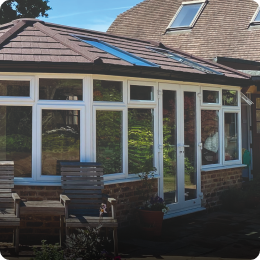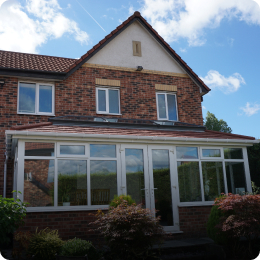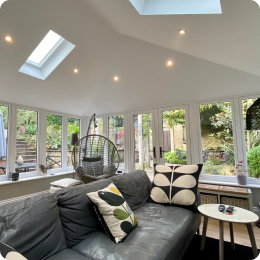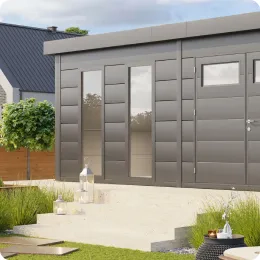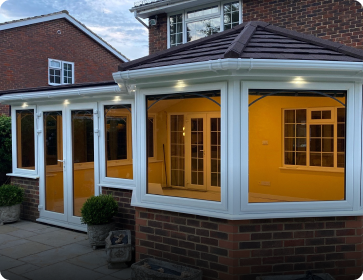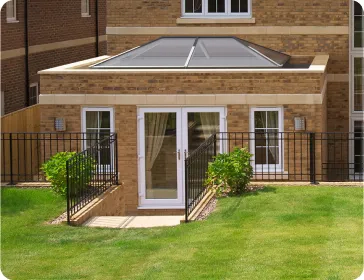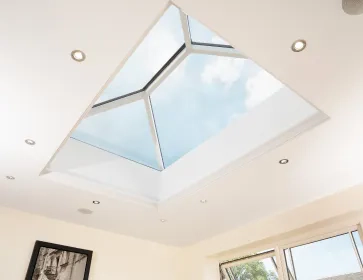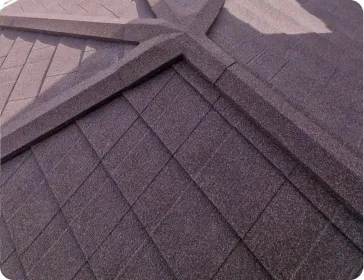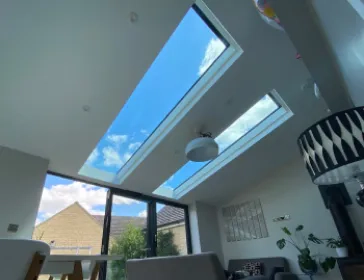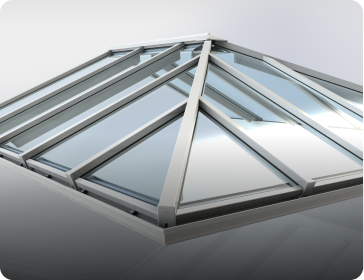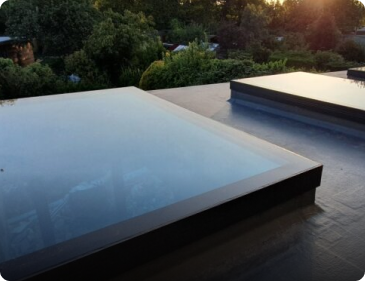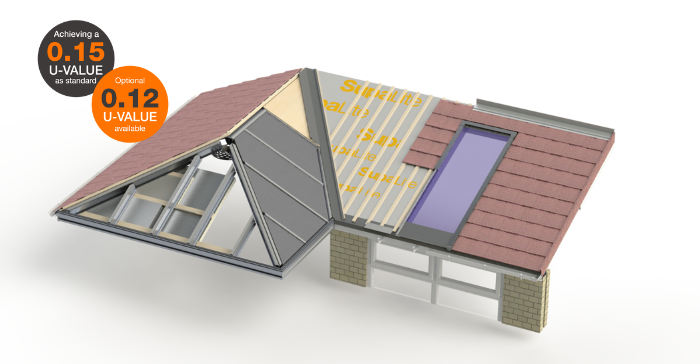
We’ve recently introduced you to Carl Linney, SupaLite’s Business Development Manager, or who we like to call… the man in the SupaLite Van.
A huge part of Carl’s role is to visit our trade partners in our SSV Van, showcasing our SupaLite roof and our other quality roofing solutions we provide.
Following on from part one and part two of what a visit from Carl entails for installers, we’ll be answering more of your questions, and diving into the world of building a SupaLite roof, with a detailed breakdown from the man himself.
You Visit an Vast Array of Customers, what is the Main Reason for Your Visit?
Our customers ask us to come and visit them due to a genuine demand from people wanting to improve their property. Our trade partners want help with the survey process, and to understand the best SupaLite products they can offer their customers.
We help you understand the USP’s of the SupaLite roof, and why we believe it is one of the best roofing solutions on the market. Essentially, we are there to help our customers have a better understanding of what we offer, and how you can provide the best service to their customers.
What makes SupaLite unique is installers are dealing directly with the fabricator, so the process is so much easier and smoother.
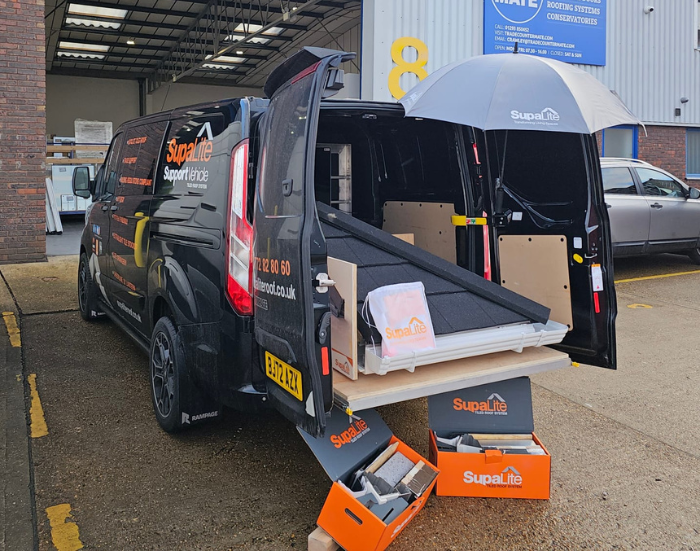
What is it the Customer Wants to Know?
This varies and depends on the type of customer I’m visiting. Installers want to know how our SupaLite roof is installed, whereas business owners and sales representatives want to know how long the roof takes to fit, price, what the regulations currently are, and how do we comply with these regulations.
We can prove this during our visit.
What Do You Enjoy Most About Visiting Customers?
I love this industry; I’ve been in it for a long time. I find satisfaction in businesses doing well because they’re doing a good job. Seeing customers go the extra mile is always fantastic to see, and it’s great people want to work with us.
The positive feedback we receive has become enjoyable, especially as our dedicated fleet of vehicles deliver nationwide within two weeks, with 99% of orders delivered on time and in full.
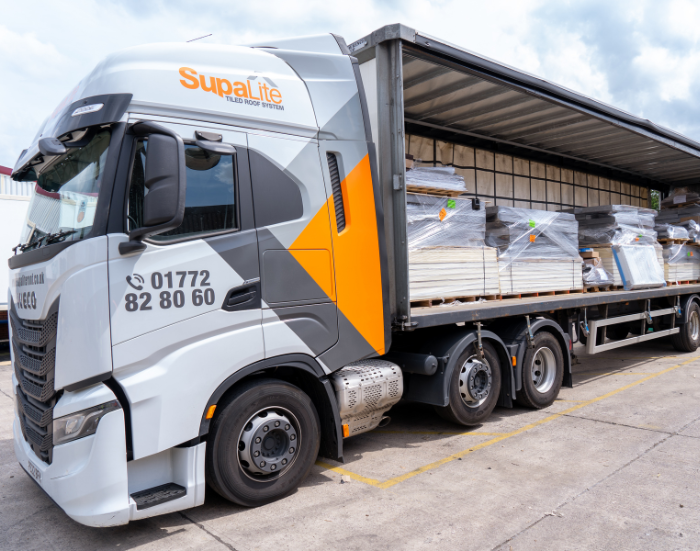
A Breakdown of How to Build a SupaLite Roof in 10 Steps:
When I visit customers, I explain in fine detail the 10-step process we use to build a SupaLite roof.
Additionally, there is an excellent SupaLite Roof installation video on YouTube that demonstrates the construction process in detail. An in-depth installation guide is also available.
1. Aluminium Patented Eaves Beam
First, prepare the eaves beam by sliding the bolts into its bolt slot channel. Make sure the existing frameworks are square to ensure the roof goes together properly.
2. Aluminium Patented Roof Rafters
To assemble the structure, use two bolts for rafter and hips, and one bolt for the wall rafters. Insert the soffit and cut it to size. It is important to note, soffits must be fitted prior to assembling frames.
Join the eaves beam using a beam cleat, fixing two screws per eave and screwing into the cleat. Repeat this process for each section, connecting the eaves together and securing them into the cleats.
Once the structure is in place, turn your attention to the insulation.
3. Insulation Cut to Size PIR or EPS
All the 100mm PIR insulation should be numbered and cut to size, ready to be fitted between rafters. PIR gives us the u-values. The lower the u-value, the better. Our system will achieve 0.15 u-value as standard. We can improve to 0.12 with a slight upgrade.
The insulation regulates the temperature by keeping heat in when it’s cold outside and keeping heat out when it’s hot outside.
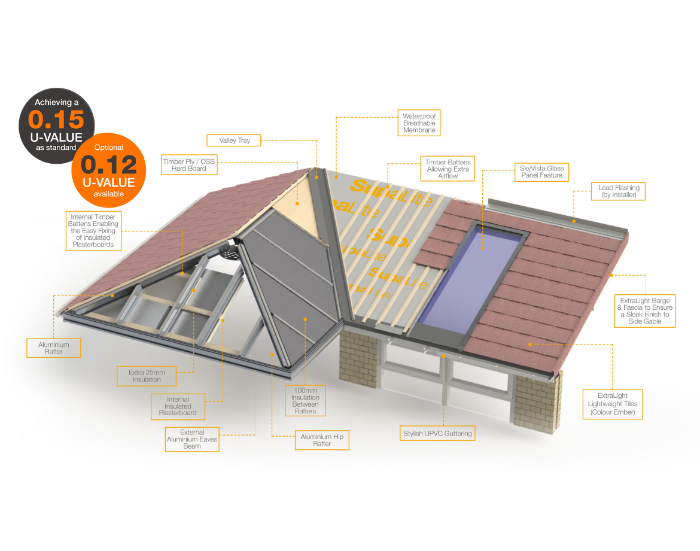
4. Timber Plyboard 11mm Cut to Size
We ensure all the 11mm plyboard is numbered, cut to size and sent out. This needs to be fixed with screws or nails every 250mm. When possible, fix the plyboard to eaves every 400mm. At this point, the insulation and plyboard should be in place.
5. Plastic Eaves Protector
This protects the timber plyboard from any rainwater that might seep under the tiles.
6. Waterproof Breather Membrane
This protects the insulation and timber from the UK weather.
7. Tile Battens to Allow Airflow
Leave the first batten off the wall by 50mm to allow for steel or lead soaker. Nail or screw the battens at about 350mm centres. Mark out where the roof vent will be placed, keeping the battens 300mm either side of the marked roof vent. Space the battens at about 200mm centres.
The tile starter cleat then butts up and screws to the battens, allowing air flow under the tiles and releasing any condensation.
8. Roof Covering Tiles/Slate Options
We offer two tiling finishes with our SupaLite Roof: Tapco Slate and ExtraLight Shingle tiles, both of which are available in a range of colours.
We’ve noticed 70% of our jobs are using ExtraLight Shingle, this is because they’re more competitive, durable, and match existing roofs very well. The colours are also great against most concrete tiles.
In some areas, the slate finish is very popular. These tiles have been tried and tested massively in the USA, showing incredible results. They are designed for lightweight construction, making them perfect for conservatories.
When installing, you can screw or nail the tiles down and cut the tiles by using a grinder. Clean up and smoothen the edges with a file.
To achieve a low pitch, you will need to use timber and a hammer to knock the tiles together to create a tight fit.
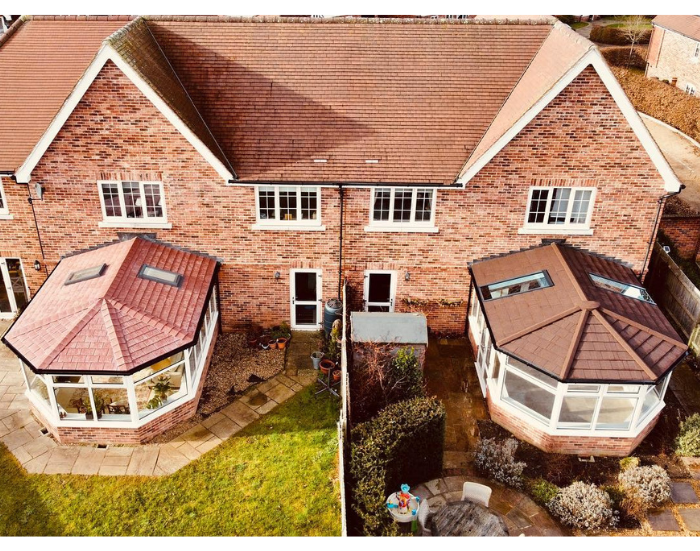
9. Fascia and Guttering
Fascia is cut to size and supplied with the roof. Guttering is double ogee detailed and available in various colours.
10. Insulated Internal Plasterboard
We bond this in-house. This increases competitiveness and ensures roof deliveries are on time and in full.
Additional Roofing Options
Some customers do worry about losing some natural light, our hugely popular SkyVista provides a solution. This is a glass unit, fixed in an aluminium frame, available in various stock sizes. This allows us to suit the homeowners requirements.
The SupaLite SkyVista is the perfect choice for those looking to transform their living space with natural light, whilst also enjoying the benefits of a lightweight, energy-efficient tiled conservatory roof.
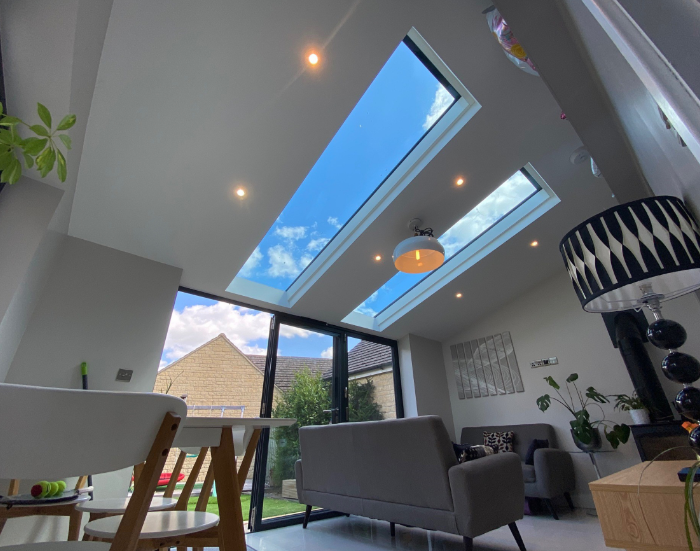
Want to find out more about our SupaLite Support Vehicle or our products? Get in touch with our experts today.

